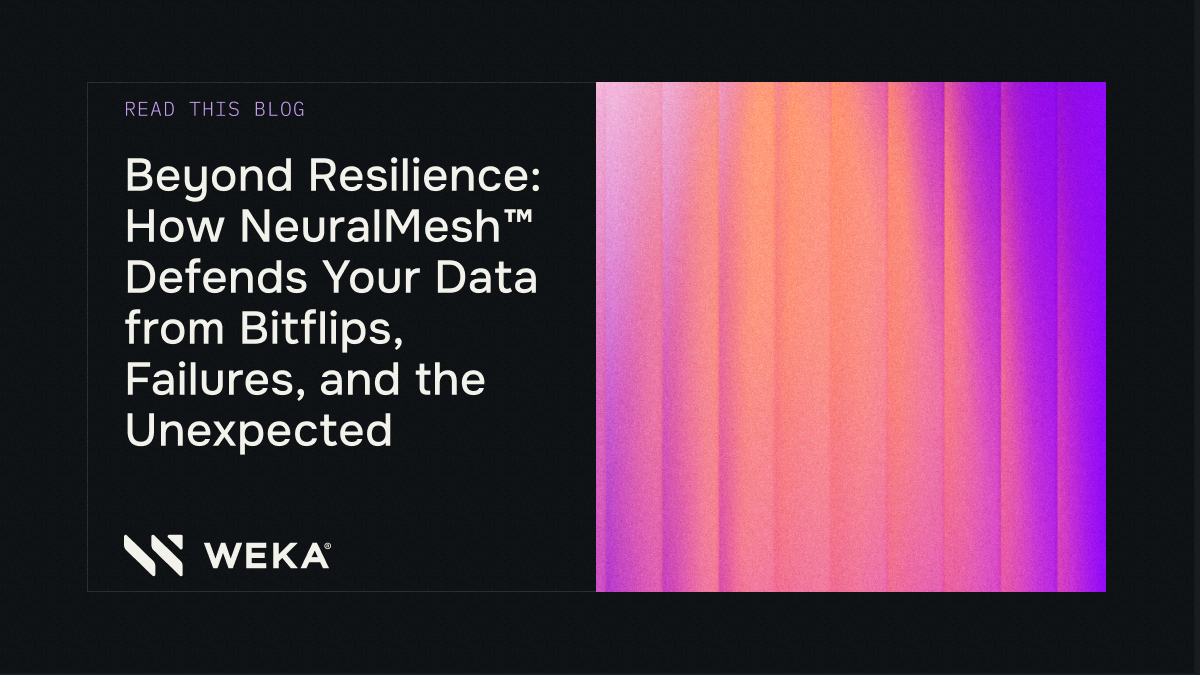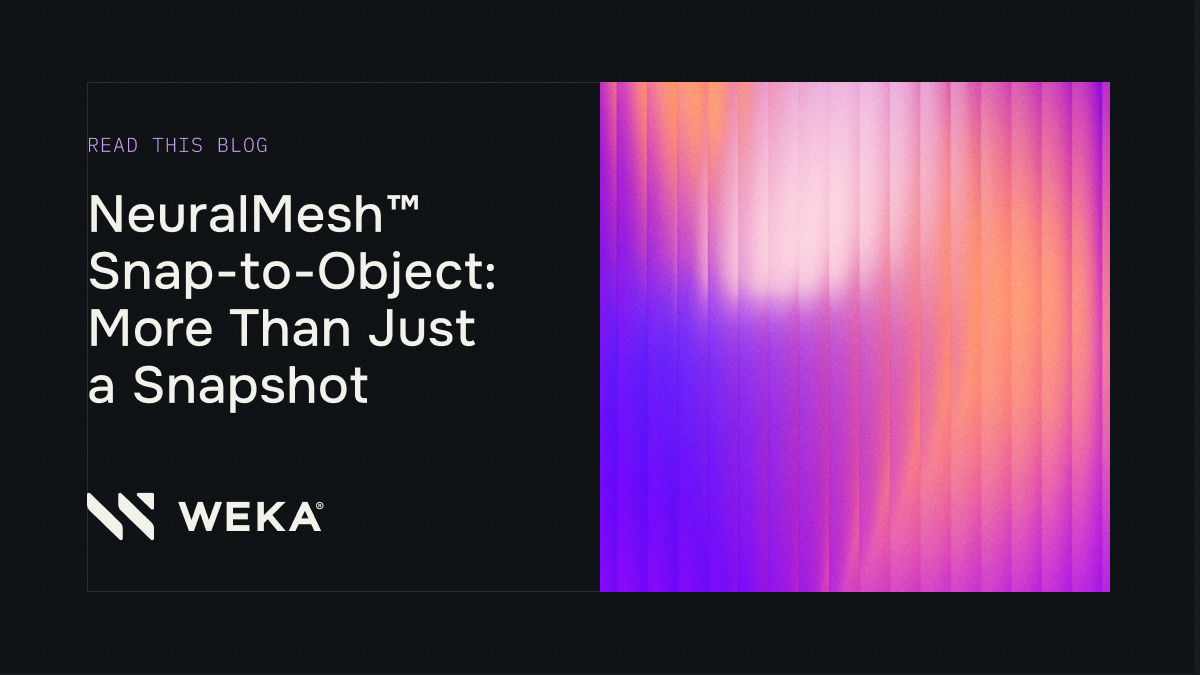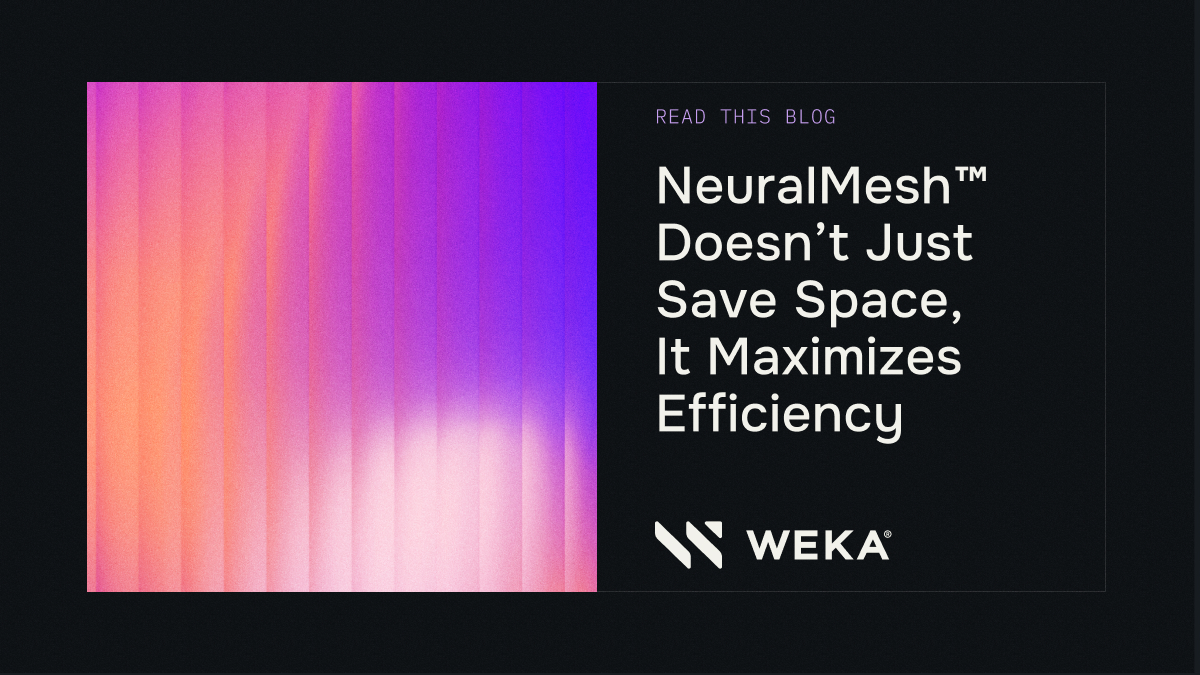Cache is Magic—Until It Isn’t

In computing, cache is like a magician’s sleight of hand—an impressive trick to make things appear faster than they really are. By storing frequently accessed data in a smaller, faster storage tier—whether that’s CPU cache, GPU memory, or even a local SSD—you can often bypass slower components in the architecture. The result? Dramatically improved performance… at least, for a while.
What is Cache, Really?
In simple terms, cache is a temporary storage layer that holds data close to where it’s needed—ideally in advance of the actual request. It’s commonly used in databases, filesystems, processors, and AI models to speed things up by avoiding round-trips to slower storage or memory. When it works, it’s magical: operations feel instantaneous, and systems run smoother.
Why Do We Use It?
Because it’s faster and cheaper than fixing the real bottlenecks.
Caching helps mask underlying infrastructure limitations—slow I/O paths, underpowered storage, or systems that can’t keep up with modern AI and analytics workloads. It’s an optimization that gives developers and architects a fighting chance at performance without a complete redesign.
But Cache Is Just a Bandaid
Here’s the thing: cache doesn’t fix the problem—it hides it. It works for a while, but as datasets grow, models evolve, and real-time demands ramp up, the bandaid starts to peel.
What happens when the data doesn’t fit? Or worse—when it can’t be predicted ahead of time? Think unpredictable API calls, streaming inputs, or massive generative models spanning terabytes or more. Cache can’t keep up.
And that’s the real problem: performance becomes a gamble. Did your data hit the cache or miss it? That’s no way to scale.
When the dataset outgrows the cache, performance tanks. Old data gets evicted, new data trickles in, and your GPUs stall waiting on I/O. In AI, that moment comes fast—thanks to huge models, expanding context windows, and constantly changing inputs. Caching works… until it doesn’t. And when it breaks, so does your pipeline.
You Need Performance Without the Bandaid
The next wave of infrastructure demands predictably high performance and ultra-low latency—at any scale, for any workload, at any time. That means rethinking the architecture from the ground up, not just throwing more cache at the problem.
NeuralMesh™: Built to Eliminate the Need for Cache
NeuralMesh was built to solve the root problem—not mask it. Our massively parallel architecture enables data to be striped and served concurrently across thousands of cores, drives, and nodes. The result is incredibly fast and consistent performance, even for the largest and most unpredictable workloads.
In fact, NeuralMesh is often faster than local disk—without relying on cache tricks or data duplication. By optimizing every layer of the I/O stack and eliminating legacy bottlenecks, NeuralMesh delivers sub-millisecond latency and exascale throughput across your entire dataset.
Dive deeper into the tech—Read the WEKA Architecture Whitepaper ›





